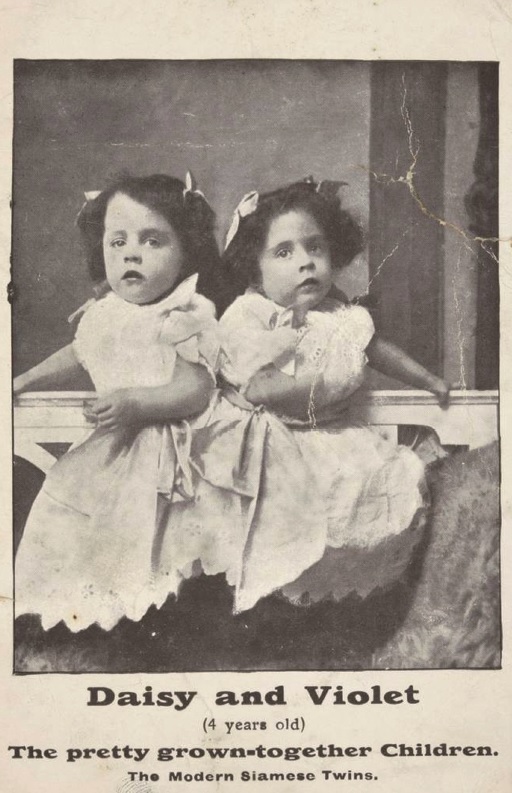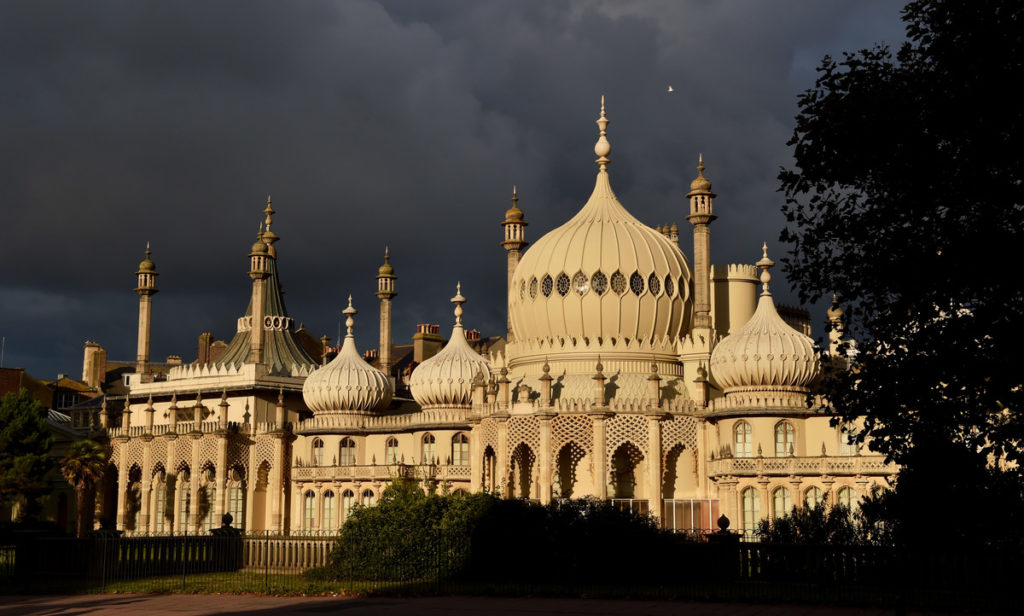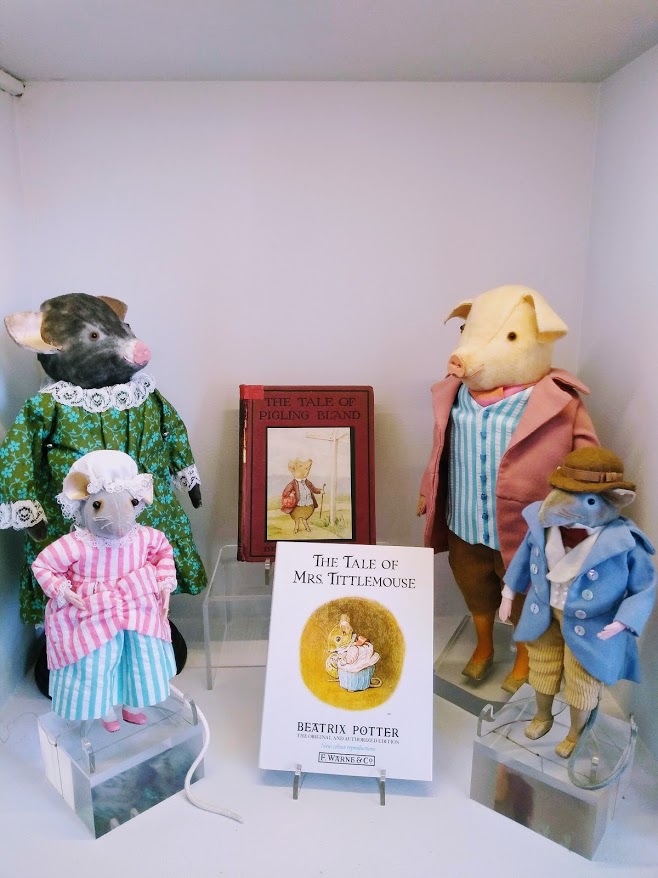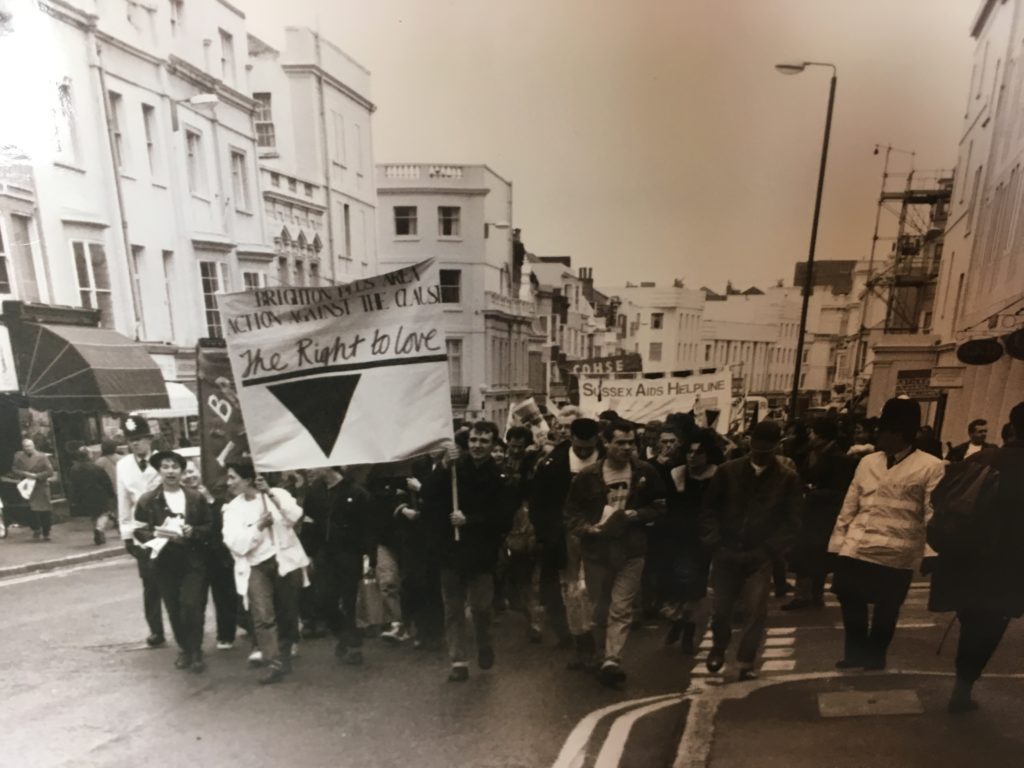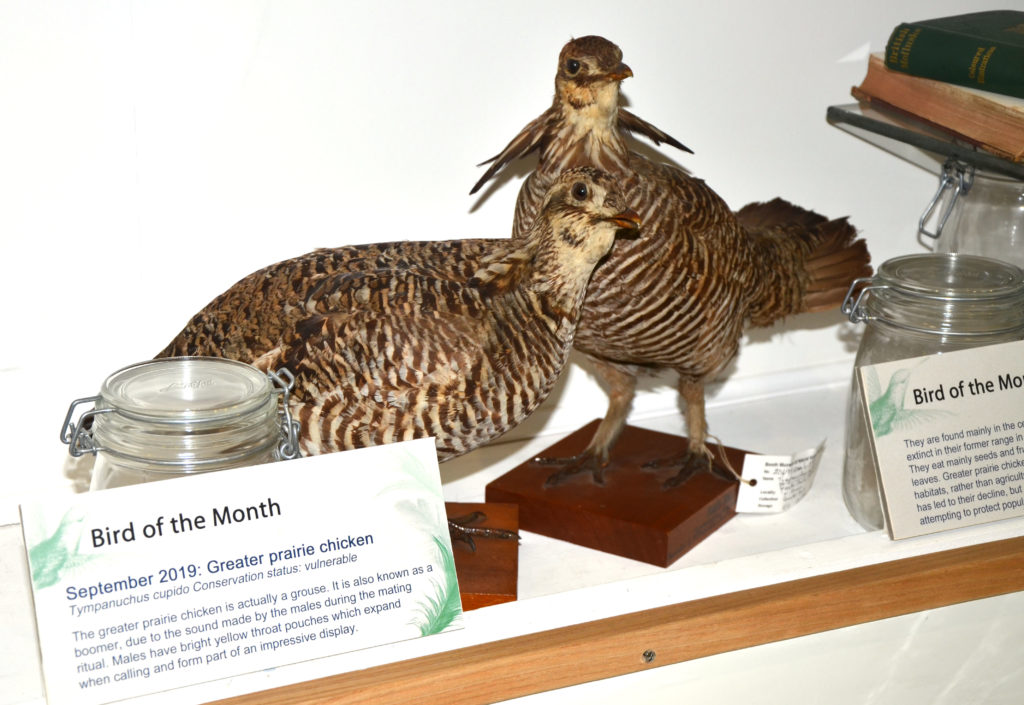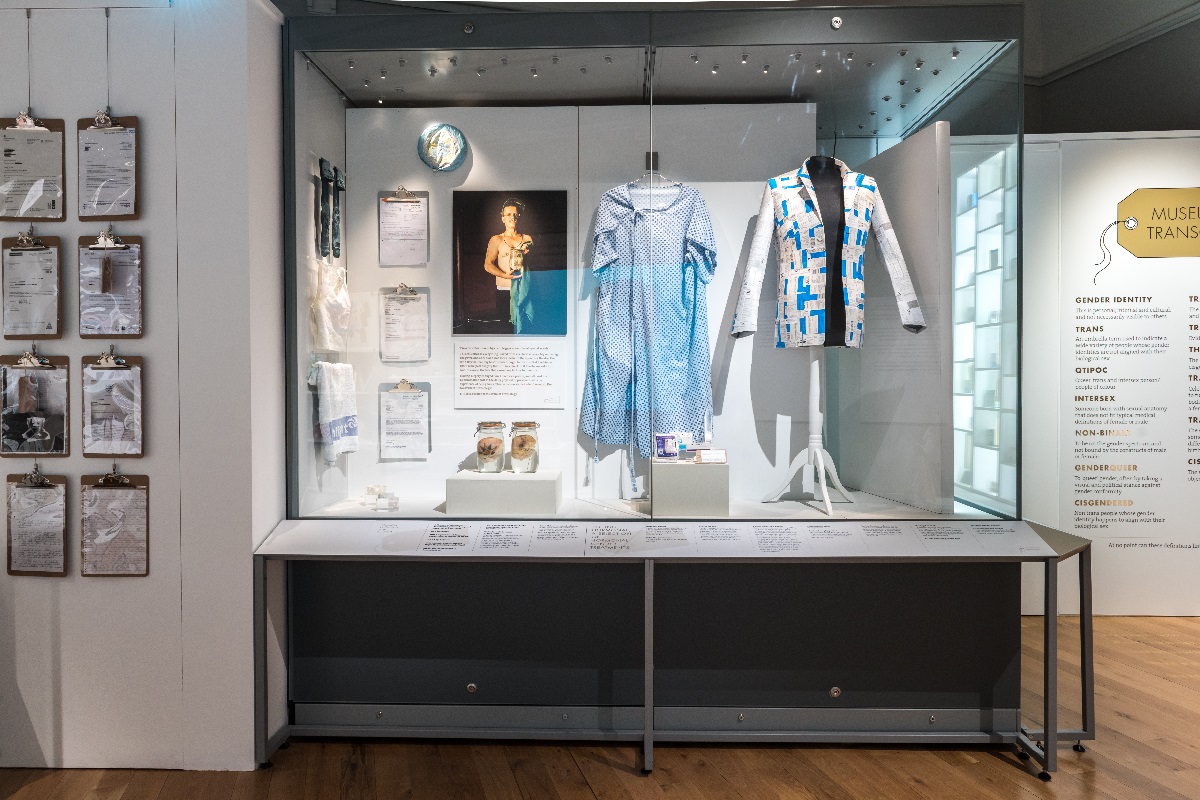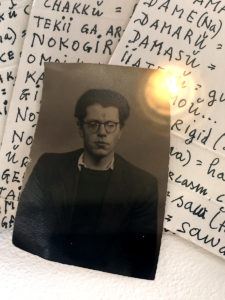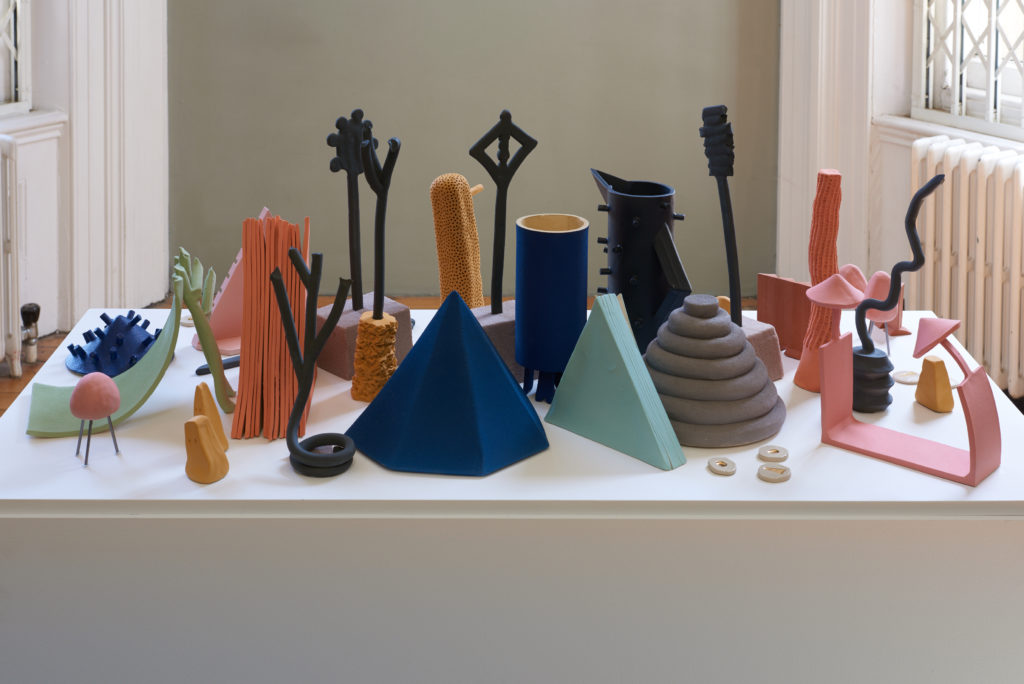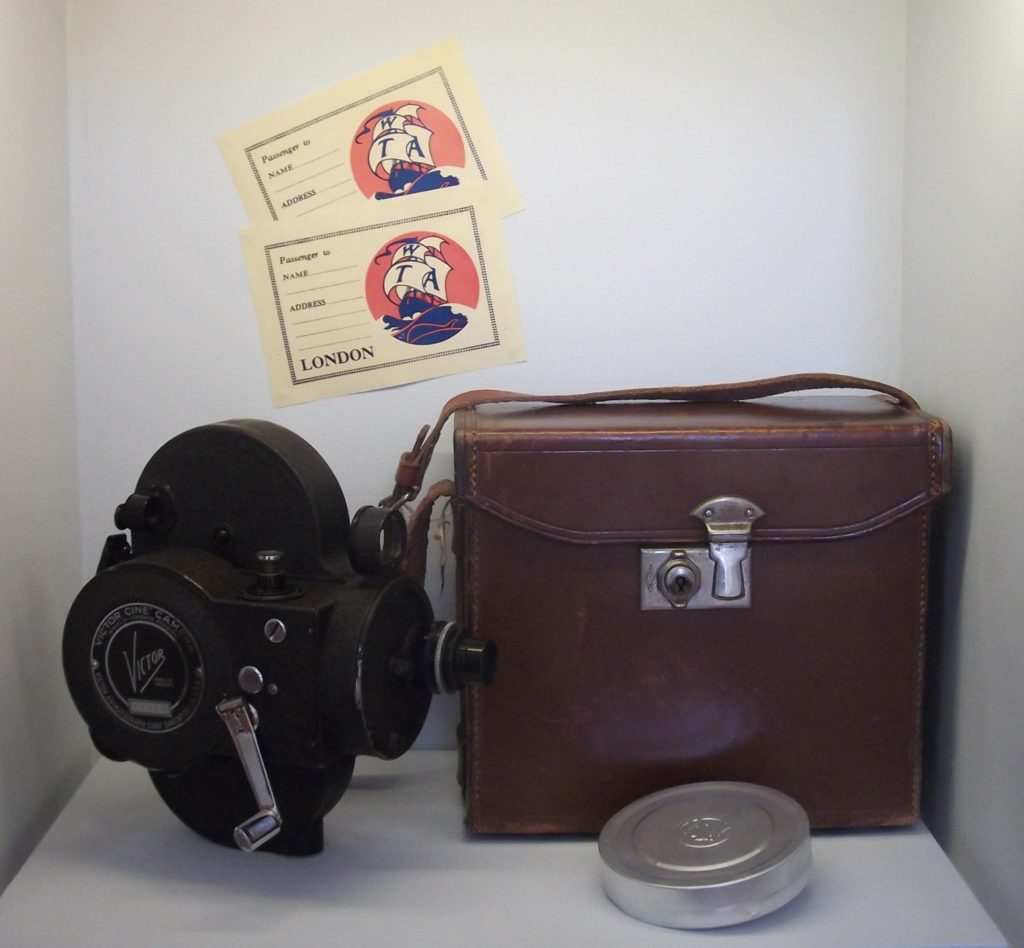
This is a legacy story from an earlier version of our website. It may contain some formatting issues and broken links.
Here’s the latest story from our What’s in the Box display.
I have borrowed the title Journey Into Adventure as I feel it is suitable not only for the subject matter of this blog but also for museum work in general.
Researching the story behind one object has led me to such exotic locations as Kent County Archive in Maidstone and Croydon Museum, as well as taking me around the world in my imagination!

Model 3 Victor Cine Camera (Acc. No. DB478)
My starting point is the Model 3 Victor Cine Camera (Acc. No. DB478) donated by Ernest Wimble’s daughter who resided in Hove in 2001. It was accompanied by one short paragraph explaining that it had belonged to her father who used it in his work for the Workers’ Travel Association (WTA) and sometimes family holidays. Sadly most of the WTA films were destroyed by bombing of the head office in London during the Second World War. Ernest was awarded a CBE and made a Chevalier de l’Ordre Léopold II of Belgium, for his work on international travel. Intrigued by this, I decided to try and find out more…
Firstly, a little background on the object. The cine camera was made by the Victor Animatograph Corporation, founded in 1910 in Davenport, Iowa, USA by Swedish-born American inventor Alexander F. Victor. Victor started his career as a magician but was soon entranced by the new ‘moving pictures’, and began to incorporate them into his shows. He tried out various inventions relating to film making and projection but with limited success. In July 1923 Eastman Kodak brought out their hand-cranked camera, the Cine-Kodak, which established 16mm film as a standard for amateur use. By August Victor was already following with the Victor Cine, although his publicity often claimed that he was the pioneer of this format.
Victor later developed the Model 3 Cine camera in 1927, based on a design by Bell & Howell. This could be operated by a clockwork spring mechanism, or hand-cranked. He produced these cameras, with minor variations, in relatively small quantities until the Second World War. By then 16mm was popular with amateur film makers and for educational use in schools and churches.
So who was the owner of this particular camera?
Ernest Walter Wimble was born 23 September 1887 in Bromley and grew up in various parts of South London. He lived for many years in Croydon and eventually moved to Hove in 1976. He died only a while later, in 1979.
After a secondary school scholarship he started working life as a clerk in the Civil Service, then the London office of the New York Times, and a City firm of export merchants. He tried to organise a union for the clerks, and lost his job for supporting the Dock Strikers in 1912.
Ernest was then employed by the Workers’ Educational Association (WEA). An Association for the Higher Education of Working Men was founded in 1903 and re-named as WEA in 1905. It was started by Albert and Frances Mansbridge to support adult education for working-class people, and still continues today, with local branches across the UK.
Ernest became Editor of The Highway (journal of the WEA), and later the organisation’s Financial Secretary. He began working for the WEA until the outbreak of the First World War, when he volunteered for the army. He served four years in France, initially as a French-speaking shorthand typist, rising to the position of lieutenant. After the war he returned to the WEA, organizing students’ bookshops. He was very involved with the Labour movement, standing for election to Croydon Corporation as Labour candidate in 1920, 1922, and finally successful in 1923.

Ernest Wimble’s 1922 election poster. Credit: Image courtesy of Museum of Croydon archives
The Museum of Croydon archives hold a scrapbook donated by Ernest’s daughter after his death. This vast book has tissue paper pages and although only a small portion of them are used, Ernest proudly kept many pamphlets, posters and correspondence relating to his election campaigns. Indeed, one foresighted letter is from the Chief Librarian of Croydon Library who requests a copy of any printed matter in connection with the election as ‘Such a record will have great historical value in the future.’ Reading this and the scrapbook contents almost a hundred years later, I had to smile and concur. The scrapbook only covers a few years during the early 1920s, but someone (Ernest’s daughter perhaps?) had loosely inserted a tiny newspaper clipping from the Croydon Advertiser, dated 1979. ‘Sir, A letter last week about the death of Mr Wimble prompts me to ask: am I wrong in thinking that the deceased was one of the famous quartet of my youth, who were candidates for the same local election – Wimble, Trimble, Trumble and Tripe?’
Before continuing with Ernest’s story, let’s take a step back and look at how the Workers’ Travel Association came into being. The organisation’s archive is held at Kent County Archive and one visit was barely time to scratch the surface. However, I was able to browse through brochures and peruse posters enough to get a flavour of the WTA and how exciting it must have been to take a holiday with them.
The book to which I am indebted for both the title and the contents is Journey Into Adventure by Francis Williams. This lively account of the WTA was published in 1960 when the organisation was still a successful travel agency. The following is just a glimpse at the WTA’s activities during Ernest’s tenure.
In 1921 a trip to Geneva was arranged by the League of Nations Union (LNU) in order to visit the International Labour Office. One evening, a conversation took place around an idea suggested by Cecil Rogerson (who worked for the LNU) to enable working people from different nations to meet and learn about each other’s lives and countries, with the purpose of developing ‘the greatly needed comradeship among nations’.
The idea was to form a non-political cooperative working class travel agency along the lines of the WEA. As the first President of the WTA Harry Gosling recalls, ‘We felt it would be a great thing if we could do something, however small, to begin to break down the prejudice against ‘foreigners’ so readily encouraged by the press of all countries. If only the ordinary people of one country could meet the ordinary people of other countries and get to know their ways and movements, what a powerful factor it would be in securing real and lasting peace.’
Rogerson enlisted the help of JJ Mallon, warden of Toynbee Hall in London (headquarters of the WEA) and others sympathetic to the cause. They held an initial meeting in November 1921 hoping to attract many supporters but only a few people turned up. Even so, those present agreed that an organisation should be formed and the WTA was born.
Despite the growing power of trade unions, the possibility of paid holidays for manual working classes was still a dream, and the first UK law Holidays with Pay Act was not passed until 1938. In the meantime, the WTA hoped to not only give holiday enjoyment but to make people wiser and more understanding. Those travelling with the WTA were to be considered ‘working class ambassadors’. Their ideals were perhaps over ambitious and they were somewhat disappointed to realise that ‘even members of the Labour Movement seem to want to enjoy themselves on holiday’.
As the originator of the idea, Cecil Rogerson had initially assumed the position of Secretary but his methods of working and record keeping were rather haphazard. After the first year the committee had no choice but to ask him to step down. Unwilling to continue in a lesser role, he left the WTA entirely.
In January 1923, a sub-committee interviewed eleven candidates and Ernest Wimble was appointed as General Secretary, a post which he held until his retirement in 1947. His background in working class movements and organisations was extremely beneficial; he had travelled a great deal and had sound experience of office and financial management.
The WTA adverts proclaimed ‘Something More Than Holidays. See The World and Meet Its Workers’. Alongside the ship which eventually became its emblem was the invitation, ‘Come with us. We are sailing to a new world where men shall toil no more for money but learn to treat frontiers as hindrances and to live as brothers.’
After a somewhat shaky start the WTA’s success began to grow. In the first season of 1922 they took 700 bookings. By 1925 this had risen to over 6,000. In 1924 a group travelled from the UK to Russia. They stayed in workers’ houses, visiting factories, farms and schools. The following year twenty five young men from a Moscow training college for railway engineers arrived on a reciprocal trip, and they were taken around England by the WTA.
The WTA inspired similar organisations abroad and held the first International Conference on Workers’ Travel. Although the main aim was to promote foreign travel, they soon realised that there was also a demand for UK holidays. In early 1926 the WTA bought High House, in Heacham, Norfolk and turned it into a holiday centre.
1928 saw the introduction of the Nominated Holiday Fund. One shilling optional donation was added to bookings to create the capital. Anyone who donated could nominate someone as a beneficiary. However, often nominees were unable to accept the free holidays due to other living costs which still had to be met, such as rent.
After a particularly bad season the previous year, 1932 was financially the WTA’s most difficult time. Nevertheless, the WTA took a massive gamble and chartered a 14,000-ton liner, ‘Esperance Bay’ for a series of low cost cruises. This turned out to be their most popular and successful single enterprise. There was a single class rate, variations were only for size and location of cabin. There were no class distinctions and the public areas were available for all. An example itinerary departed from Southampton across to Gibraltar via the Mediterranean, Algiers, Lisbon and back to Southampton.
In the earlier days, the WTA used existing hotels and simply arranged the holiday and activities. Their 1937 brochure lists Arnold House, Montpelier Terrace, Brighton as the Sussex centre. Built in 1861, it was (coincidentally) the home of Henry Willett, founder of Brighton Museum, until his death in 1903. It officially became a hotel in 1939 so may have been used by the WTA as a trial prior to opening. The building was demolished in 1971.

Credit: James Gray Collection | The Regency Society
The brochure advert proclaims ‘Counted by entertainment and not hours, every day at Brighton ought to be a week…You MUST come to Brighton.’ While staying at Arnold House, guests could enjoy visits to the Royal Pavilion, Rottingdean, Shoreham, even a day trip to France. The activities included evening dances, croquet and golf tournaments, and a ‘conducted house bathing party’. The grand finale on Friday night offered an ‘old-fashioned music hall…local talent provided.’
The rise of Nazism in Germany obviously had some effect on the country’s appeal as a holiday destination, but did not stop many people from wanting to go there. In December 1938 the WTA expressed their feelings in an article:
‘…as a democratic body, the W.T.A. never tries to dictate to its members, and if you want to visit the fascist states the W.T.A. will take you there and do everything possible to give you a good holiday…[some] hold the view that never was it more necessary to retain and nourish whatever sympathy and goodwill may exist between the German people and the British…the obligation upon us in the W.T.A is to see that, wherever we go, we act as ambassadors of goodwill and international understanding.’
In 1939, under cover of their usual tourist activities, the WTA assisted with the evacuation of around 440 Czech anti-Nazis from Prague before Hitler’s troops arrived. Many were saved (one man even managed to bring his pet python) but sadly due to mis-information, a small group were left behind, despite every attempt to charter an additional plane. Refugees were given temporary accommodation at WTA venues.
By 1939 the WTA owned eight UK holiday homes: Norfolk, Derbyshire, the Lake District, Scotland, two in the Isle of Wight, and two in Dorset. During the Second World War, the WTA had to assist with the management of UK hostels for displaced people but they still continued to organise holidays. In 1940 they took very few bookings but 5,840 holidays were booked the following season. This rose to more than 7,000 in 1942, and over 8,670 by 1944.
After the war, the WTA bought more holiday centres and guest houses. One was based at Rustington Lido, which was re-named Mallon Dene in honour of JJ Mallon, the first Treasurer, for his services to the WTA. The lido is no longer there but the road around the area is still called Mallon Dene.
The WTA eventually turned into a more conventional travel agency, finally known as Galleon World Travel, which continued until 1982. However, within its first ten years alone, the WTA had enabled numerous British people to visit most European countries, and other continents. It had organised UK trips for groups from many of those same countries, and arranged summer schools, educational visits and language classes both at home and abroad. It had developed and provided cheap holiday centres for holidays within Britain, and had instigated the International Association of Workers Travel Associations, uniting European organisations with aims similar to its own.
In conclusion, an extract from a 1931 article by the WTA Management Committee, ‘The W.T.A. and The Future’:
‘We are confident that there are still very many who feel, with us, that now above all is the time to get in touch with our neighbours, to prove our goodwill and to earn theirs before it is too late, and who realise that by shutting ourselves up within the narrow boundaries of our own country we are much more likely to be led astray by false statements and lying rumours and influenced by the fear and suspicions of other nations than if from travel and experience we knew even a little of their true state of affairs.’
They go on to quote EM Forster in a letter to the New Statesman, agreeing that: ‘Those of us who still have the energy and money should visit Europe at once, before we are permanently confined to our own parishes, and allowed to listen to nothing but the village band. All patriotic appeals to remain in England should be ignored for, surely, there was never a time when it was more desirable to keep in touch with old friends on the continent, and, if possible, to make new friends.’
Further Information
Ernest Wimble’s scrapbook is held at the Museum of Croydon Archives
Their record for Ernest Wimble’s scrapbook and cuttings can be seen on the online catalogue record.
The archive of the Workers’ Travel Association is held at Kent County Archives
Their records for the Workers’ Travel Association archive can be seen on the online catalogue record.
One of Ernest Wimble’s promotional films for the WTA, Homeland Holidays, can be viewed free on the BFI Player
Find out More
Follow the What’s in the Box category on our blog to see what new items have come out from our stores.
If you visit Hove Museum in Church Road, Hove, look out for our What’s in the Box? display.
Alexia Lazou, Collections Assistant
